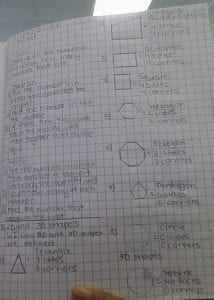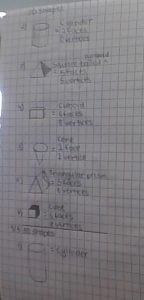L.I: To calculate the sum of whole numbers using algorithm
L.I: Carry numbers to the next column if needed.
Algorithm is a method used in math to add, subtract, and multiply big numbers. To be able to use algorithm you would need to know your place value and basic number knowledge. Like times tables and simple addition or subtraction. Algorithm Additionis lining up the numbers in their correct column and adding them that way. For example, to solve 245 + 123, you would line up the ones in it’s own colums, the tens in its own column and the hundreds in its own column. The ones would be 3 and 5, the tens would be 20 and 40, and the hundreds would be 200 and 100. You add the ones with the ones, the tens with the tens, and the hundreds with the hundreds.
I loved learning algorithm addition because it taught an easier method to add big numbers, especially if it goes up to millions, or even billions.



